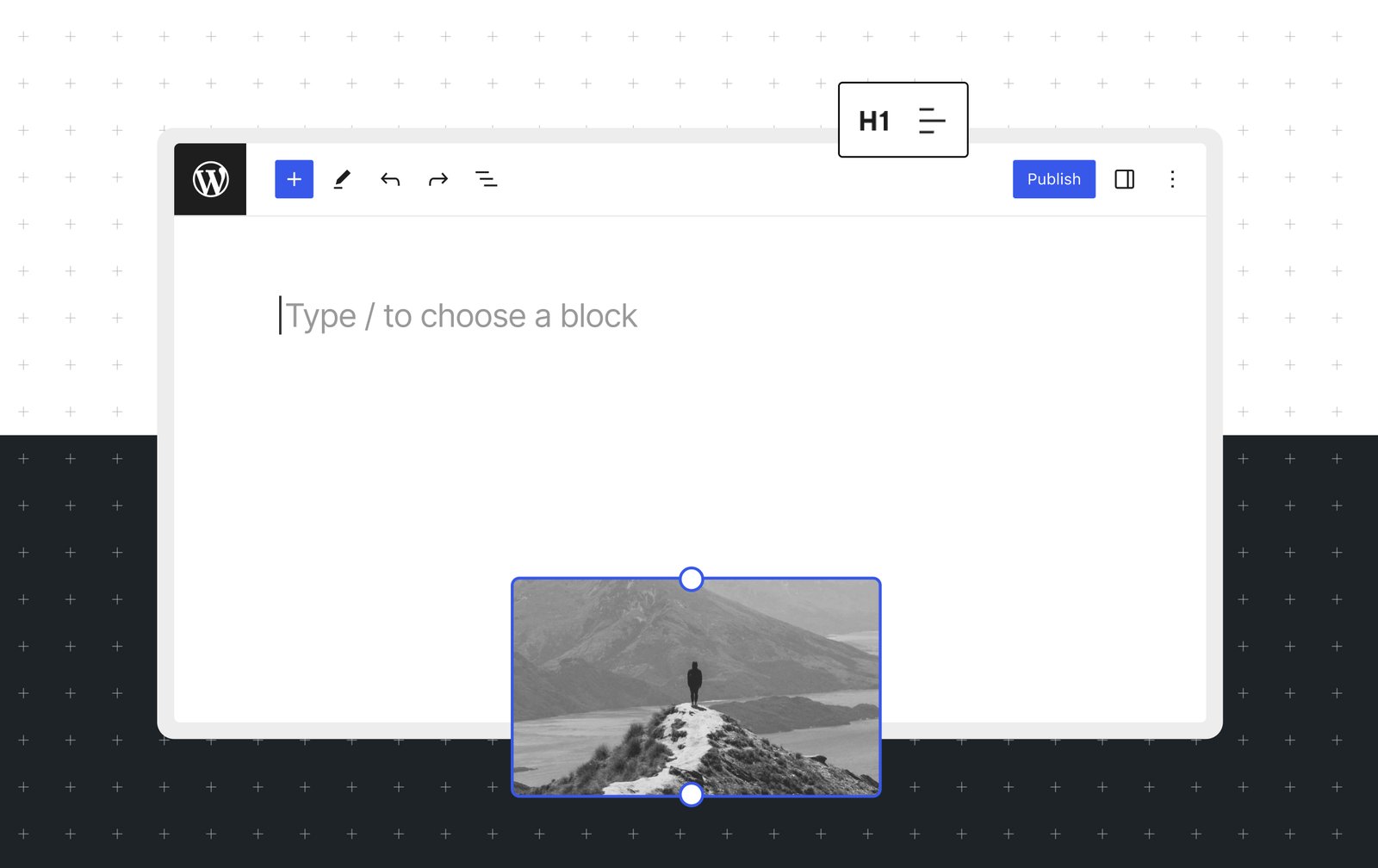Weaving Stories Into Blog Posts: Techniques for Better Engagement
How to incorporate storytelling in your blogging to captivate readers and convey your message memorably. (Evergreen)
In the digital landscape, where millions of blog posts compete for attention daily, the difference between content that’s forgotten and content that resonates with your audience often comes down to one fundamental element: storytelling. The human brain is wired for narratives—we process information more efficiently and retain details longer when they’re delivered within the framework of a story.
By weaving narratives into your blog posts, you transform ordinary information into compelling content that forges a genuine connection with your readers, keeping them engaged from the first sentence to your call to action.

The art of blog storytelling isn’t just about entertainment; it’s a strategic approach to creating engaging content that fulfills multiple objectives. How to weave a story effectively into your blog can make the difference between a forgettable post and one that truly resonates. When you incorporate storytelling techniques into your blog, you’re not simply sharing information—you’re inviting readers into an experience, making your content more relatable and memorable. This approach helps break through the noise of the internet, allowing your voice to be heard and your message to stick.
Whether you’re writing about technical topics, lifestyle advice, or business strategies, knowing how to weave a story with a well-crafted story arc in your blog can elevate your content from informative to transformative.
Why Blog Writing Needs Storytelling

Blog writing without storytelling is like serving a meal without seasoning—it provides sustenance but lacks flavor and satisfaction. When you incorporate narratives within your blog posts, you breathe life into facts and statistics, helping readers see themselves in your content. This personal connection transforms passive readers into engaged participants who are more likely to comment, share, and return for more.
Stories activate multiple areas of the brain simultaneously, including those responsible for sensory processing, emotional response, and memory formation. By triggering these neural pathways, storytelling techniques make your content more memorable and impactful. The psychological power of narrative is what makes storytelling such an essential component of successful blog posts, regardless of your niche or target audience.
How to Captivate Your Audience from the First Paragraph

The gateway to your content is that crucial first paragraph, where readers decide whether to continue or click away. To captivate your audience immediately, consider opening with:
- A thought-provoking question that addresses pain points your readers commonly experience
- A surprising statistic or fact that challenges conventional wisdom
- A short, evocative scene that places readers directly into a relatable situation
- A bold statement that offers a fresh perspective on a familiar topic
Remember that the introduction sets the tone for your entire piece. When crafting your opening paragraph, focus on creating an emotional hook that resonates with your audience and promises value in exchange for their time. This approach ensures that readers feel compelled to continue engaging with the content.
Creating a Story Arc in Your Blog Posts
Every compelling story follows a structure, and incorporating a story arc in your blog posts can dramatically improve their impact. The classic narrative arc consists of exposition, rising action, climax, falling action, and resolution—a pattern you can adapt for blog writing regardless of your subject matter.
In the context of a blog post, your exposition might introduce a problem or challenge faced by your readers. The rising action builds tension by exploring the consequences of this problem, perhaps sharing examples or case studies that illustrate its impact. The climax presents your solution or key insight, while the falling action explains implementation strategies. Finally, the resolution shows the transformed state after applying your advice, often supported by success stories or testimonials.
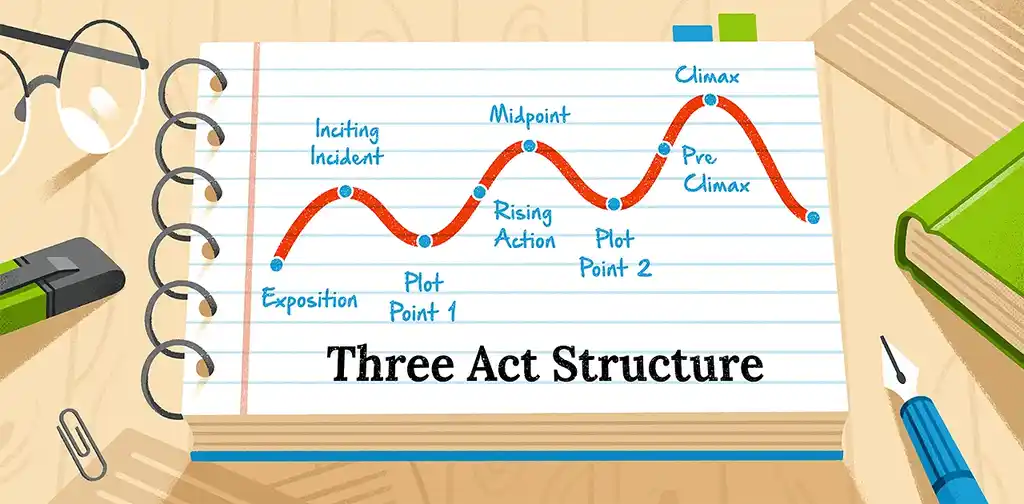
This structure creates a sense of journey and discovery that keeps readers engaged throughout the post. Rather than presenting information in a flat, encyclopedic manner, the story arc creates emotional investment and anticipation that compels readers to continue to your conclusion.
SEO and Storytelling: A Powerful Combination

The relationship between SEO and storytelling is more complementary than many bloggers realize. While keyword optimization remains essential for search engine visibility, the way you incorporate those keywords into your content can either enhance or diminish the reader experience.
When you weave your target keywords naturally into narratives, they become integral to the story rather than awkward insertions that disrupt the flow. This organic approach to keyword integration not only improves readability but also helps with SEO by increasing engagement metrics like time on page and reducing bounce rates.
Search engines increasingly prioritize high-quality content that delivers real value to users. By combining proper SEO techniques with compelling storytelling, you create content that appeals to both algorithms and human readers—content that ranks well and gets read thoroughly once discovered.
Tips for Writing Engaging Blog Content That Resonates
Creating content that resonates with your audience requires understanding what moves them emotionally as well as intellectually. Here are strategies to help you create blog content that truly connects:
- Research your audience thoroughly to understand their desires, fears, and aspirations
- Write from a place of authenticity, sharing genuine experiences and insights
- Avoid industry jargon unless necessary, opting instead for accessible language
- Balance educational information with emotional appeal
- Use sensory details to make descriptions vivid and immersive
- Incorporate dialogue when appropriate to add dynamism and human interest
- Vary sentence length and structure to maintain attention and create rhythm
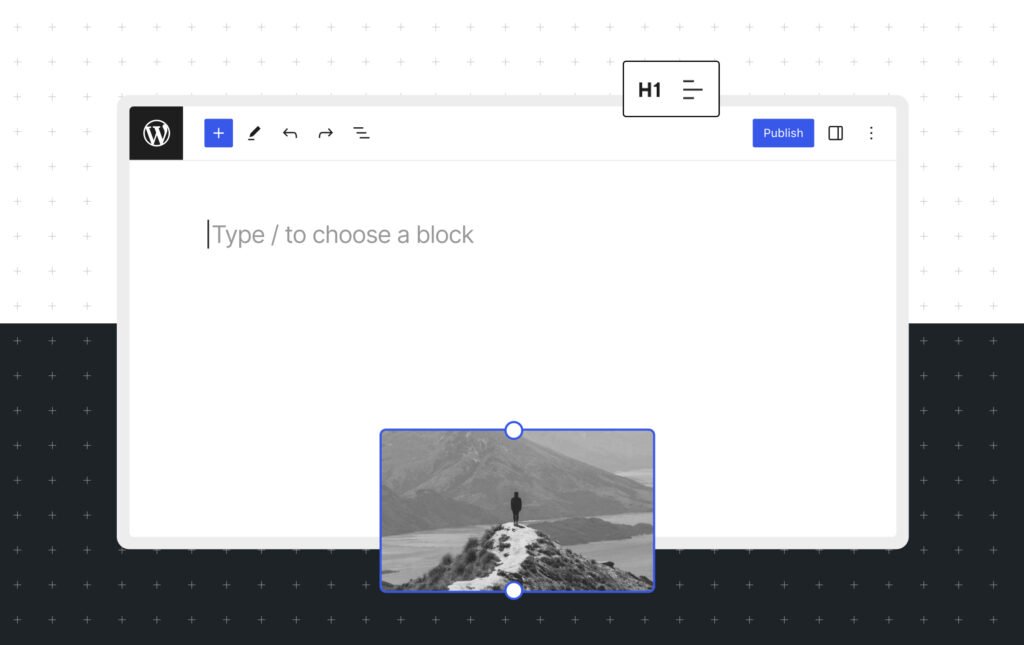
WordPress.com
The most successful blog posts strike a balance between providing valuable information and creating an emotional experience. When readers feel both informed and moved by your content, they’re more likely to remember your message and take action based on your recommendations.
How to Make Your Blog More Relatable Through Personal Stories

Personal stories are perhaps the most powerful tool available to bloggers seeking to connect with their audience. When you share your own experiences—particularly those involving challenges, failures, and eventual successes—you create a sense of vulnerability that readers find inherently relatable and engaging.
The key to effectively using personal stories lies in making them relevant to your broader message. Your anecdotes should serve as vehicles for insights, not mere self-disclosure. Each personal story should illuminate a point, demonstrate a principle, or lead to a realization that benefits your readers.
By alternating between your own experiences and addressing the reader directly, you create a conversation rather than a lecture. This dialogic quality makes your content more interactive and engaging, fostering a sense of community around your blog.
Using Case Studies to Strengthen Your Storytelling
Case studies represent one of the most effective ways to incorporate storytelling techniques into your blog without relying solely on personal experience. They provide concrete examples that illustrate abstract concepts, making your content more actionable and credible.
When presenting case studies, format them as mini-stories with clear characters (the subject), conflict (the challenge faced), and resolution (the solution and results). This narrative structure transforms what could be dry business cases into compelling stories that captivate your audience while delivering valuable insights.
The strategic use of case studies also allows you to tailor your content to different segments of your audience. By featuring diverse examples that address various scenarios, you can cater to different reader needs and demonstrate the versatility of your expertise or solution.
The Role of Format in Creating Engaging Blog Posts
The visual presentation of your content plays a crucial role in reader engagement. Even the most captivating narrative can lose its impact when presented as an intimidating wall of text. Consider these formatting best practices to enhance readability:
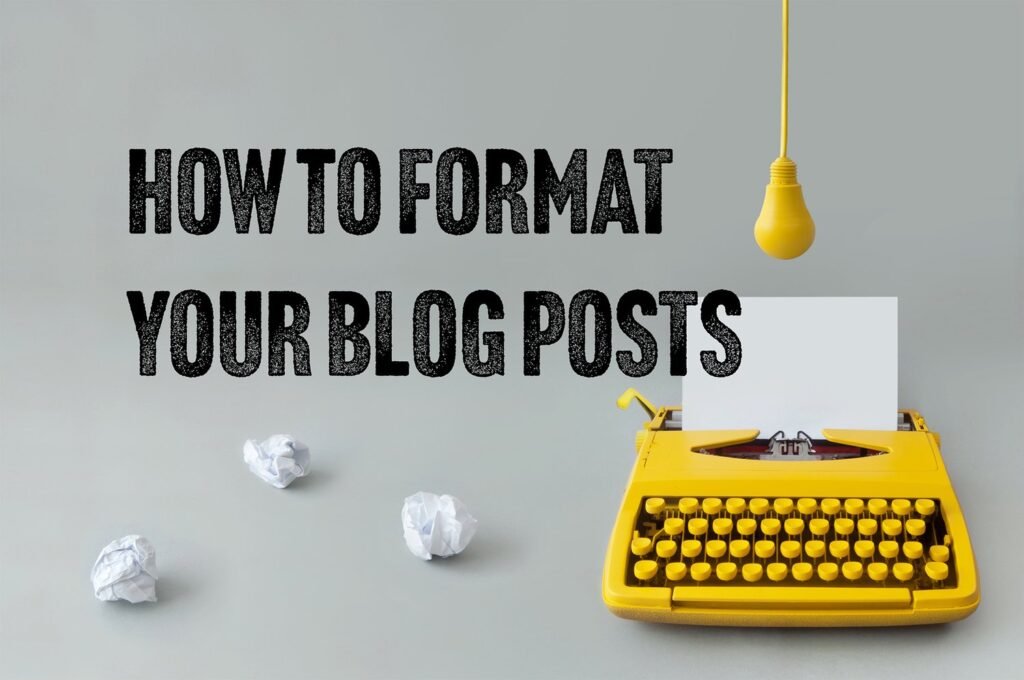
BlueSwitch
- Use descriptive H2 headers to break your content into digestible sections
- Keep paragraphs short (3-5 sentences maximum) to create white space
- Incorporate bullet points for lists and key takeaways
- Add relevant images, infographics, or video content to illustrate concepts
- Use bold text sparingly to highlight important points
- Include block quotes for impactful statements or testimonials
- Consider using custom formatting for recurring content elements
Remember that format serves storytelling by creating visual rhythm and hierarchy that guides the reader through your narrative. A visually appealing blog post makes your content more accessible and engaging, especially for readers who skim before deciding to read in depth.
How to Write a Blog Post That Builds Community
Great blog posts do more than inform—they initiate conversations and foster a sense of community among readers. To transform your blog into a platform for connection:
- End posts with thought-provoking questions that invite comments
- Acknowledge and respond to reader feedback
- Share perspectives that readers might identify with or learn from
- Create opportunities for readers to share their own experiences
- Reference previous discussions to create continuity between posts
- Develop series that encourage readers to return for the next installment
When readers begin to recognize themselves in your content and feel that their perspectives are valued, they transition from passive consumers to active community members. This shift creates a powerful feedback loop where engagement generates more engagement, ultimately expanding your blog’s reach and impact.

Incorporating Evergreen Content and Timely Elements
The most successful blogs balance evergreen content with timely elements that keep the material fresh and relevant. Evergreen content forms the foundation for your blog, providing enduring value that continues to attract readers months or years after publication. However, incorporating current events, emerging trends, or seasonal themes ensures that your content remains relevant to readers’ immediate interests and concerns.
One effective approach is to build timely elements around an evergreen core. For example, you might craft a post about fundamental writing principles (evergreen) and then apply them to a current trend in content marketing (timely). This strategy allows you to ensure that your content remains relevant while still providing lasting value.
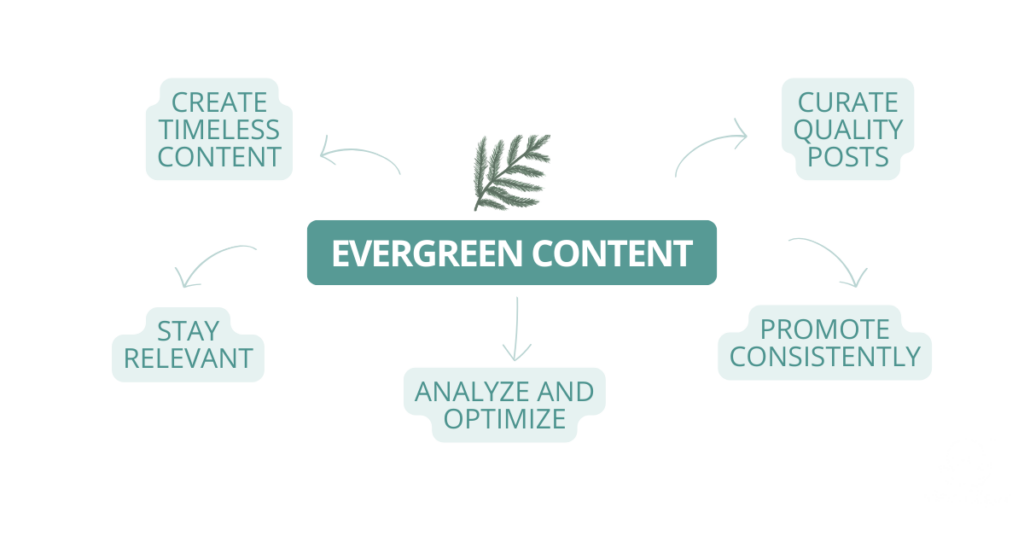
Developing a Strong Call to Action Through Narrative
The conclusion of your blog post should do more than summarize—it should inspire action. By building toward your call to action throughout your narrative, you create momentum that makes readers more receptive to taking the next step, whether that’s subscribing to a newsletter, downloading a resource, or implementing your advice.
Effective calls to action emerge naturally from well-crafted narratives. When your story demonstrates a transformation or solution, readers will be motivated to experience similar results. Rather than tacking on a generic “sign up now” button, connect your CTA directly to the narrative journey you’ve taken readers on, highlighting how the proposed action continues or completes that journey.

Measuring the Impact of Your Content
Understanding how well your storytelling techniques are resonating requires thoughtful measurement beyond basic page views. Consider tracking:
- Time on page (longer durations suggest deeper engagement)
- Comments and social shares (indicators of emotional impact)
- Return visits (suggesting memorability and value)
- Conversion rates on CTAs (showing action-driving effectiveness)
- Reader feedback through surveys or direct responses
These metrics provide insights into which storytelling approaches are most effective with your specific audience. By analyzing patterns in your most successful posts, you can refine your narrative techniques and continuously improve your ability to captivate your audience.
How to Weave a Story Using Techniques for Different Content Formats
While written narratives form the backbone of blog storytelling, don’t be afraid to experiment with different content formats to enhance your narrative impact:

- Incorporate dialogue in interview-style segments
- Use visual storytelling through custom graphics or infographics
- Add audio elements like podcast snippets or recorded testimonials
- Create sequential photo narratives for process-based content
- Develop interactive elements that allow readers to choose their path
Each format offers unique storytelling possibilities that can help you make your content more engaging and accessible to different learning styles. By thoughtfully integrating various media into your blog posts, you create a multidimensional experience that appeals to a broader audience.
Transforming Complex Ideas Through Narrative Simplification
One of the most powerful applications of storytelling in blog writing is its ability to make complex concepts accessible and engaging. When faced with explaining technical information, industry-specific processes, or abstract theories, narrative simplification becomes an invaluable technique to captivate your audience while ensuring comprehension.
The process begins by identifying the core concept you need to communicate. Rather than presenting it in its full complexity, consider how you might translate it into a relatable scenario or metaphor. For instance, explaining blockchain technology becomes more engaging when framed as a story about a public ledger in a small town where everyone can verify transactions. This approach creates a mental framework that helps readers grasp unfamiliar ideas by connecting them to familiar experiences.
Another effective strategy is the “explain like I’m five” technique, where you deliberately simplify language without being condescending. This approach forces you to distill complex ideas to their essence and present them through concrete examples rather than abstractions. When readers understand the fundamental principles through story, they can more easily build toward comprehending the full complexity of your topic.
The Psychology Behind Blog Storytelling That Resonates

Understanding the psychological mechanisms that make storytelling effective can help you create blog content that forms deeper connections with your audience. Research in cognitive psychology reveals that our brains process stories differently than other types of information, activating regions associated with sensory experience and emotion rather than just analytical thinking.
When readers encounter narrative elements in your blog posts, their brains release oxytocin, often called the “empathy hormone,” which facilitates emotional connection and trust. This neurochemical response explains why personal stories in blog writing can build such strong relationships with readers—they’re literally changing brain chemistry in ways that foster connection with your content.
The psychological principle of “transportation” also plays a crucial role in effective blog storytelling. When readers become fully immersed in a narrative, they temporarily step outside their own perspective and inhabit the world you’ve created. This state of transportation makes readers more receptive to the messages embedded within your story and less likely to counter-argue or dismiss your points. By crafting narratives that transport readers, you create a receptive mindset that increases the persuasive impact of your content.
Weaving Cultural References and Shared Experiences
One of the most subtle yet effective storytelling techniques for blog posts involves incorporating cultural references and shared experiences that create instant recognition and connection. When you reference widely understood cultural touchpoints—whether from literature, film, current events, or common life experiences—you establish immediate rapport with readers who share that frame of reference.
These shared touchpoints serve as shortcuts that bypass lengthy explanations. For instance, referencing the “Red Wedding” from Game of Thrones instantly communicates betrayal and shocking plot twists to fans, while mentioning the feeling of finding money in an old coat pocket taps into a universal experience of unexpected pleasure. Such references create a sense of insider communication between you and your readers, fostering belonging within your content in your niche.
The key to using this technique effectively lies in selecting references appropriate to your target audience. Understanding the cultural literacy of your specific reader demographic allows you to choose references that will resonate rather than confuse. When done skillfully, these embedded references transform your blog content from a one-sided broadcast into a shared conversation, strengthening reader engagement through mutual understanding and cultural connection.
Conclusion
The art of weaving stories into blog posts transforms ordinary content into extraordinary experiences that captivate your audience and convey your message memorably. By incorporating storytelling techniques into your blog writing—from crafting compelling openings to building narrative arcs and creating powerful calls to action—you create content that not only ranks well but resonates deeply with readers.
As you develop your storytelling skills, you’ll find that your blog becomes more than just a collection of posts; it becomes a thriving community of engaged readers who return regularly for the value and connection you provide. The first step in writing better blog posts isn’t mastering SEO or keyword optimization—it’s learning to tell stories that matter to your audience.

